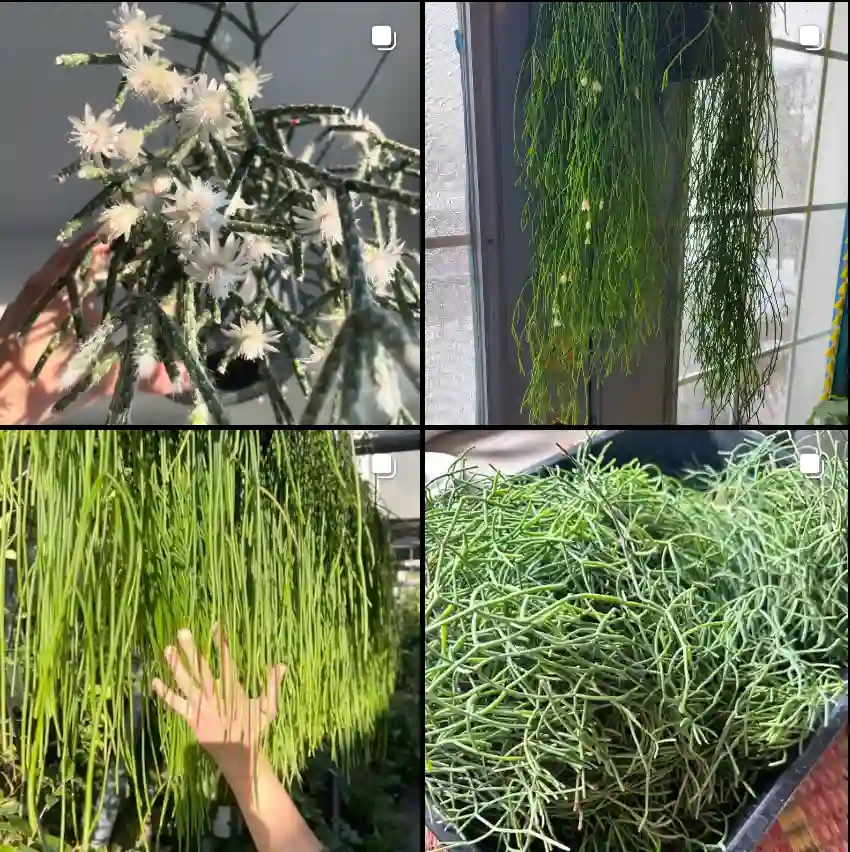What is Nepenthes Rajah?
Few plants ignite the imagination quite like the Nepenthes rajah. This carnivorous titan, with its gaping pitchers that resemble oversized toilets, has captivated botanists and collectors for centuries. But beyond the sensational headlines of “rat-eating plants,” lies a story of intricate adaptations and a fight for survival. In this article, I, Ferb Vu, will delve into the captivating world of the Nepenthes rajah, exploring its devious trapping mechanisms, delicate cultivation needs, and the precarious situation it faces in the wild.
Plant Family: Nepenthaceae – 207 Species in Genus Nepenthes
How Does the Nepenthes Rajah Trap Its Food?
The Nepenthes rajah isn’t your average flypaper. Imagine a glistening, crimson goblet, ribbed with ridges and adorned with a lid. This elaborately designed urn is the pitcher, the plant’s deadly weapon. The Nepenthes rajah employs a multi-pronged approach to lure and capture prey.
First, a sweet, intoxicating nectar produced around the rim of the pitcher entices unsuspecting insects. Once an insect lands, it encounters a slippery surface that sends it tumbling towards a pool of digestive fluid at the pitcher’s base. This fluid, a cocktail of enzymes and organic acids, breaks down the hapless victim, turning it into a nutritious meal for the plant.
But the Nepenthes rajah’s ambitions extend beyond flies and ants. The sheer size of its pitchers, some reaching over a foot in height, allows it to trap shrews, frogs, and even small rodents. The lid of the pitcher, crucial in retaining the digestive juices and preventing overflow during heavy rain, also plays a role in trapping. It functions like a hinged roof, directing rain towards the back of the pitcher, where prey tends to congregate.
How to Grow Nepenthes Rajah?
The Nepenthes rajah is a diva of the plant world. Cultivating it successfully requires a keen understanding of its specific needs. Here’s a glimpse into the world of Nepenthes rajah care:
- Habitat Mimicry: Mimicking its mountain home in Borneo, the Nepenthes rajah thrives in cool, humid environments with good air circulation. Think highland bogs, not sun-drenched windowsills. Terrariums are ideal for providing this controlled environment.
- Water, Water Everywhere: Nepenthes rajah demands consistent moisture. Use distilled or rainwater to avoid mineral build-up in the pitchers, and ensure the potting medium is constantly damp (not soggy).
- Light Matters: While not direct sun-dwellers, Nepenthes rajah appreciates bright, indirect light. Think dappled sunlight filtering through a rainforest canopy.
What Does the Nepenthes Rajah Eat?
The Nepenthes rajah isn’t a picky eater. It primarily consumes insects like ants, flies, and beetles, but its digestive prowess extends to much larger prey. Documented cases of shrews, frogs, and even rats being trapped in its pitchers highlight the plant’s opportunistic nature. These captured vertebrates provide a significant nutritional boost, supplementing the nutrients the plant gleans from the surrounding soil.
Where to Buy Nepenthes Rajah?
The allure of the Nepenthes rajah can be a double-edged sword. Due to its captivating nature and habitat loss, wild populations have dwindled. It’s crucial to avoid plants sourced from the wild. Thankfully, reputable carnivorous plant nurseries cultivate Nepenthes rajah through tissue culture propagation. Do your research and seek out nurseries that prioritize ethical and sustainable practices.
A Mystery Unraveled: Which Nepenthes Rajah Kew Clone is Female?
The Nepenthes rajah presents a unique challenge to breeders – many cultivated plants are clones of a single individual. This lack of genetic diversity can hinder seed production. Thankfully, nurseries have begun offering multiple clones, increasing the chances of obtaining both male and female plants. While identifying the sex of a Nepenthes rajah can be tricky, some growers report that certain Kew clones, particularly BE-3152, tend to be female. Consulting with experienced carnivorous plant nurseries is your best bet for acquiring both male and female plants for successful seed production.
The Looming Shadow: Why is the Nepenthes Rajah Endangered?
Sadly, the captivating Nepenthes rajah faces an uncertain future. Habitat loss due to deforestation and agricultural encroachment threatens its wild populations. Furthermore, its slow growth rate and specific environmental needs make it difficult to reintroduce into disturbed areas. Conservation efforts are underway, but much needs to be done to ensure the survival of this botanical marvel.
The Nepenthes rajah is a testament to the ingenuity of the plant world. Understanding its intricate trapping mechanisms and delicate cultivation needs allows us to appreciate its true wonder. By supporting ethical cultivation practices and responsible wild collection, we can ensure this Borneo beast continues to enthrall plant enthusiasts for generations to come. The Nepenthes rajah serves as a vital reminder of the delicate balance of our ecosystems. Its struggles highlight the importance of habitat preservation and responsible interaction with the natural world. Perhaps, with dedication and a dash of wonder, we can rewrite the ending of this captivating carnivore’s story.
If i die, water my plants!



